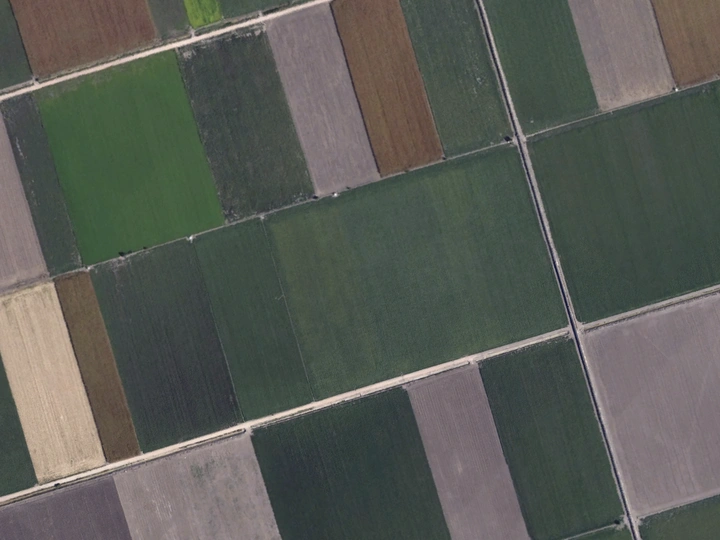Cartographies for Transparent Regions

I am an artist based in London, Mexico City, and Córdoba. My practice engages with factual events and mythical narratives to develop relationships where voices overlap one another. I graduated with first-class honours from Central Saint Martins in 2024, receiving the Maison/0 LVMH “This Earth” Award in recognition of an artistic practice that advocates for nature. My work explores relational methodologies that unfold through collaboration, publishing, and storytelling. In 2020, I founded CALACA Press, a publishing studio focused on generating critical dialogue around cultural production from Latin America. Through this initiative, I have exhibited at Tokyo Art Book Fair, Recreo, Offprint, and Material Art Fair. I have recently been selected as a finalist for the Deutsche Bank Award for Creative Entrepreneurs. I believe the blurring of distance and affect in our digitised reality, alongside the establishment of institutional structures for global trade, calls for the creation of transient spaces dedicated to knowledge exchange and speculation. My work aims to inhabit these spaces. I have presented projects at V&A East, following solo exhibitions at Somers Gallery (2025) and Galería Espacio Libre, Mexico City (2023). Other exhibitions include Salón ACME, Architectural Association, Kiosk N1C, Bermondsey Project Space, Lethaby Gallery, and the London Design Festival. Through systems, machinery, publications, and participatory structures, my practice seeks to open spaces of dialogue and speculation, cultivating visions that question the parameters of identity within territory.
Cartographies for Transparent Regions proposes an alternative methodology of cartography, articulated through the collection, preparation, and assembly of natural pigments and sounds gathered along man-made borders. It situates pigment, sound and the journey through land as epistemic agents; mediums through which territory becomes legible.
Informed by pigment traditions, the project initiates through participatory pigment-gathering walks. Drawing on practices detailed in The Book of Earth (Berrin, 2022), pigment is approached as a residue rather than a resource: the trace of complex interrelations between geological, botanical, and human systems.
Once prepared, the pigments will be applied to natural fibres and organised into a gridded configuration. This action functions as a conceptual counterpoint to Cartesian mapping: while visually referencing formal structures of mapping, it resists the extractive and colonial logics historically associated with cartography and borders. Each dyed fragment personifies the temporal, material, and collaborative circumstances of its making, enacting what Haraway (2016) might describe as a “staying with the trouble” of situated knowledge.
A parallel sonic practice includes audio recordings made during pigment-gathering walks. Sound functions as a non-representational substrate, evoking what Anri Sala conceptualises as its capacity to produce temporal dislocations.
Conceptually, the project draws on Deleuze and Guattari’s (1987) theory of deterritorialization and emergent knowledge on pigment epistemologies (Taçon & Chippindale, 2009; Berrin, 2022), which positions natural pigments as among the earliest technologies of territorial marking in human history.
In its final form, the work will likely consist of a textile grid, a sonic installation, and diagrammatic/editorial elements that index its material and collaborative dimensions, proposing a relational topology that emphasises the impermanence of mapping territory.